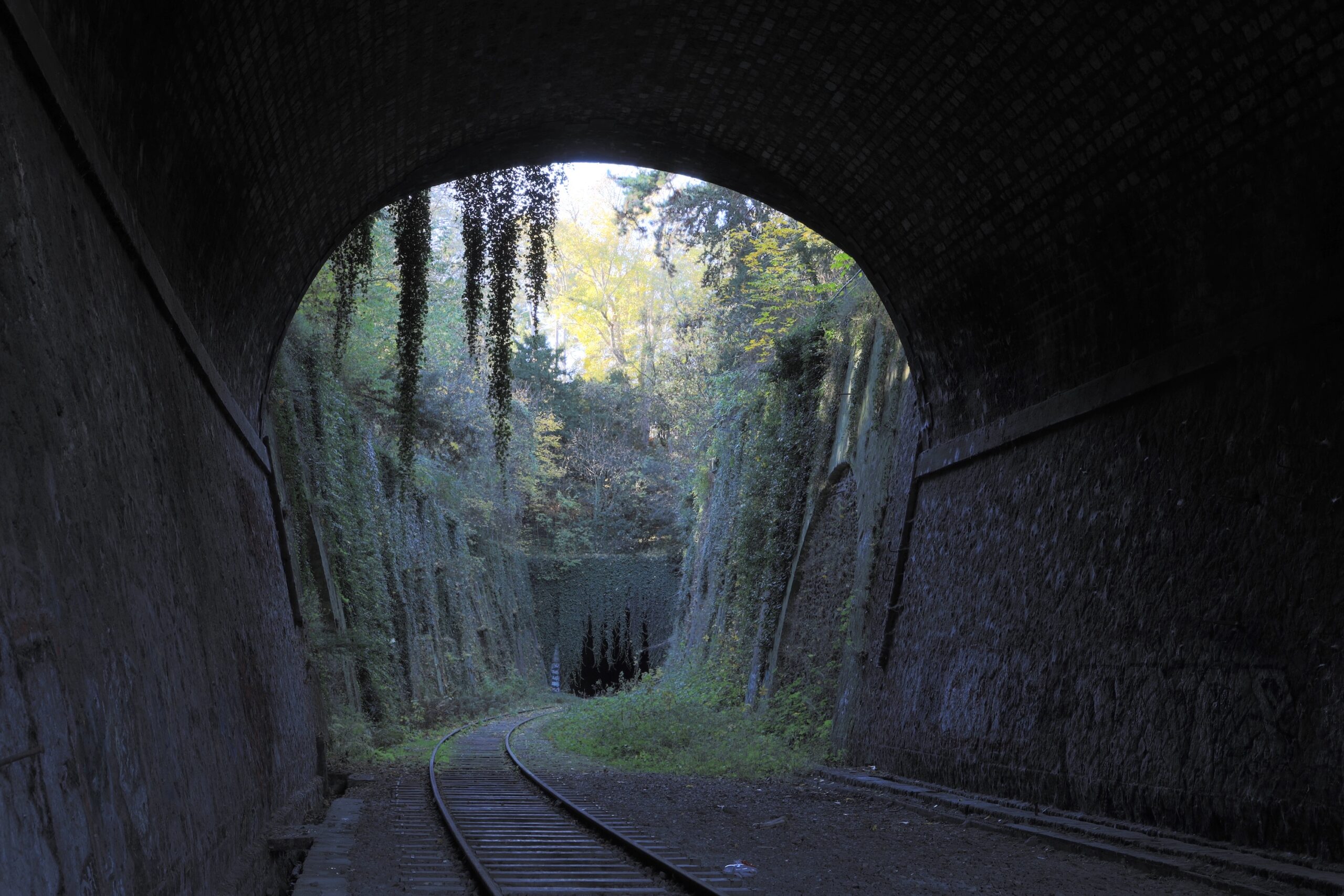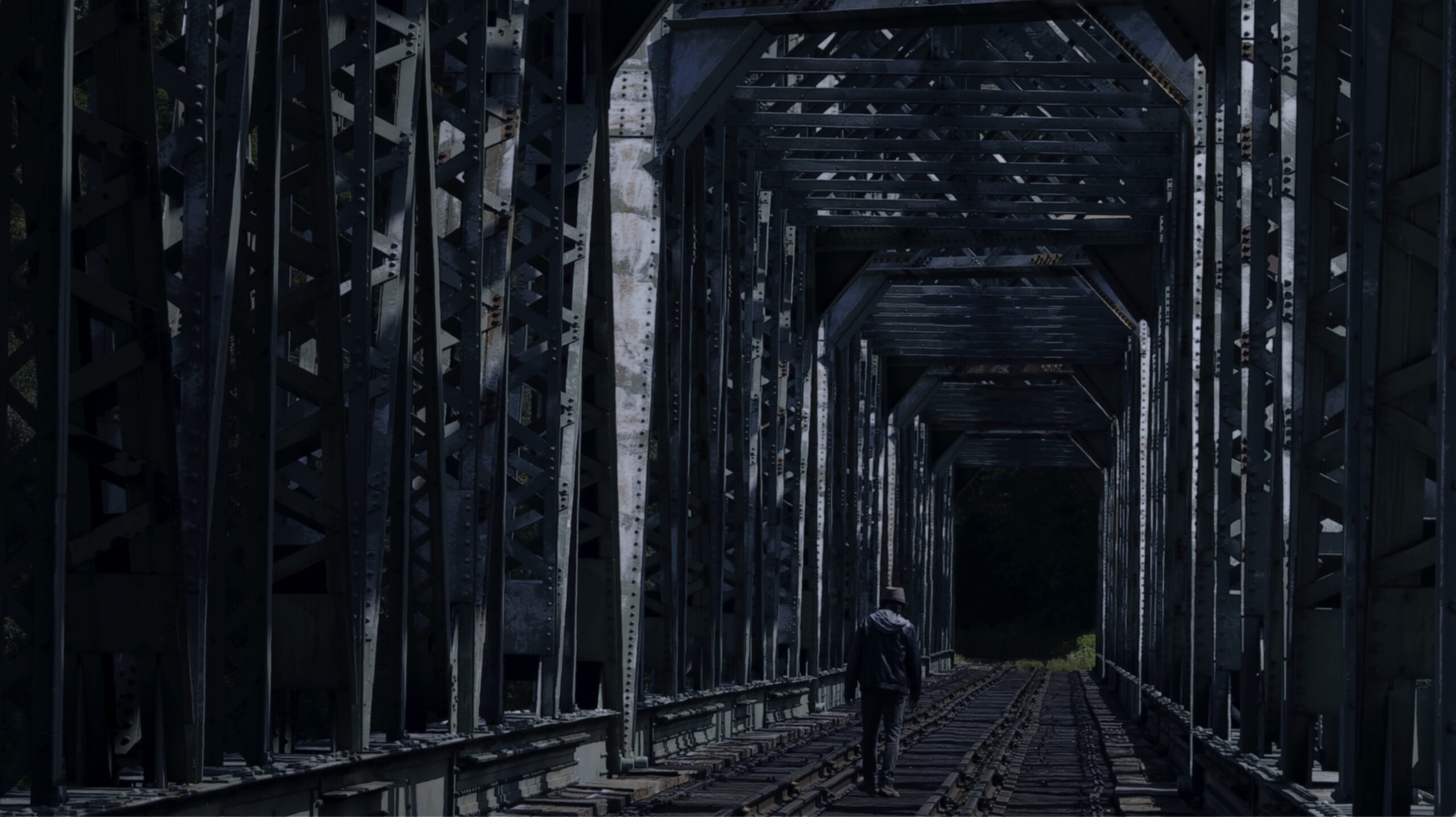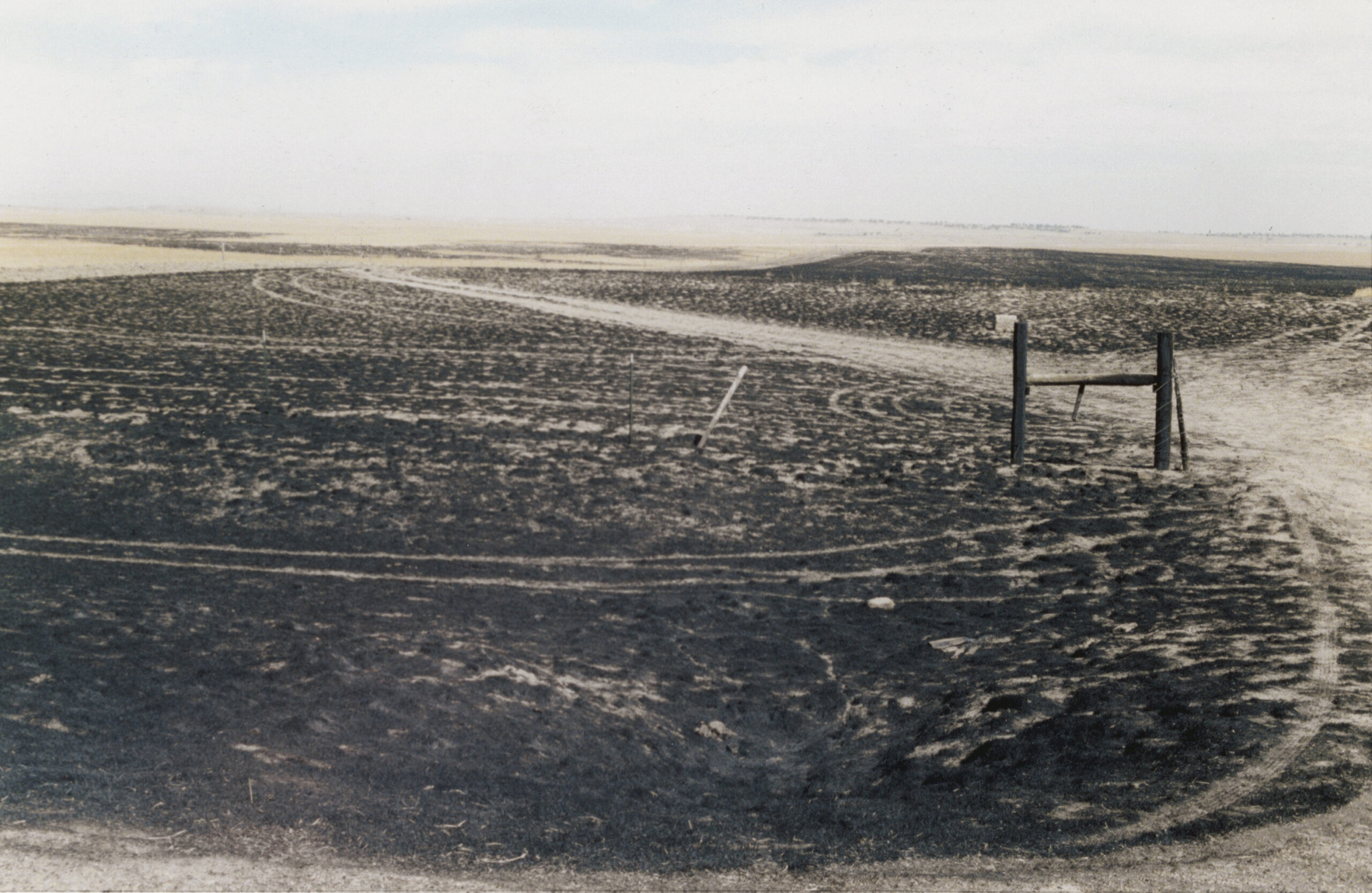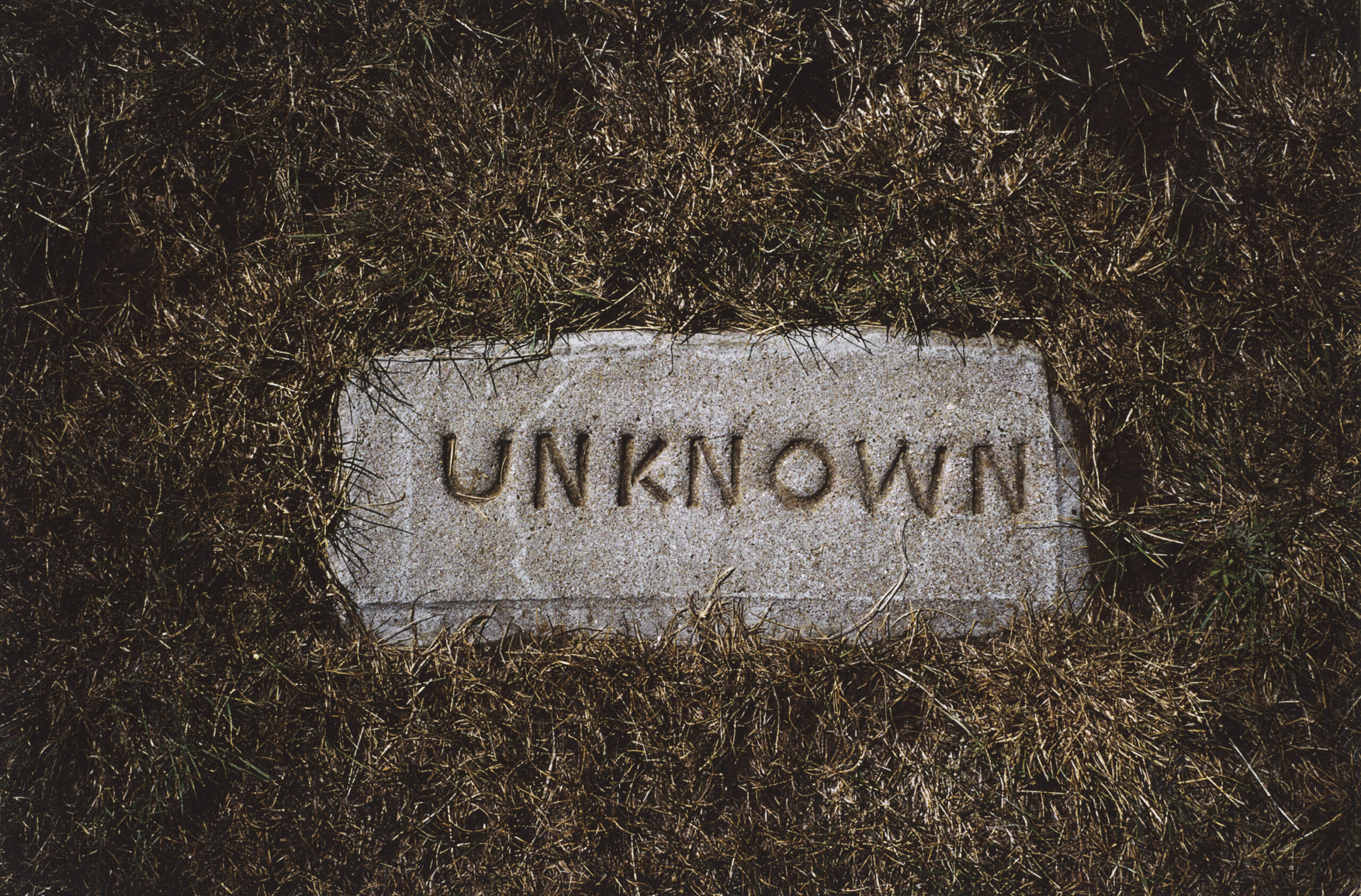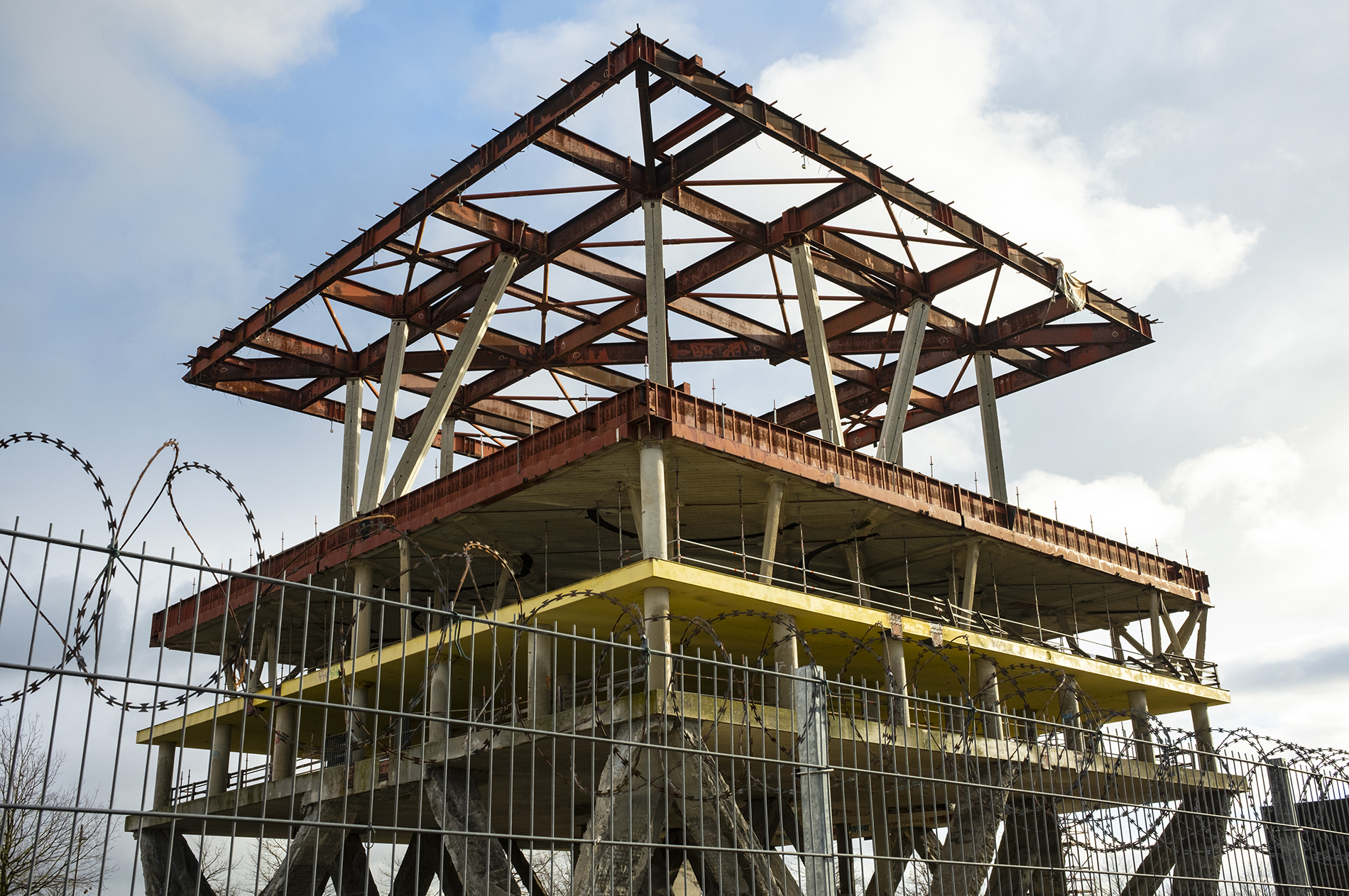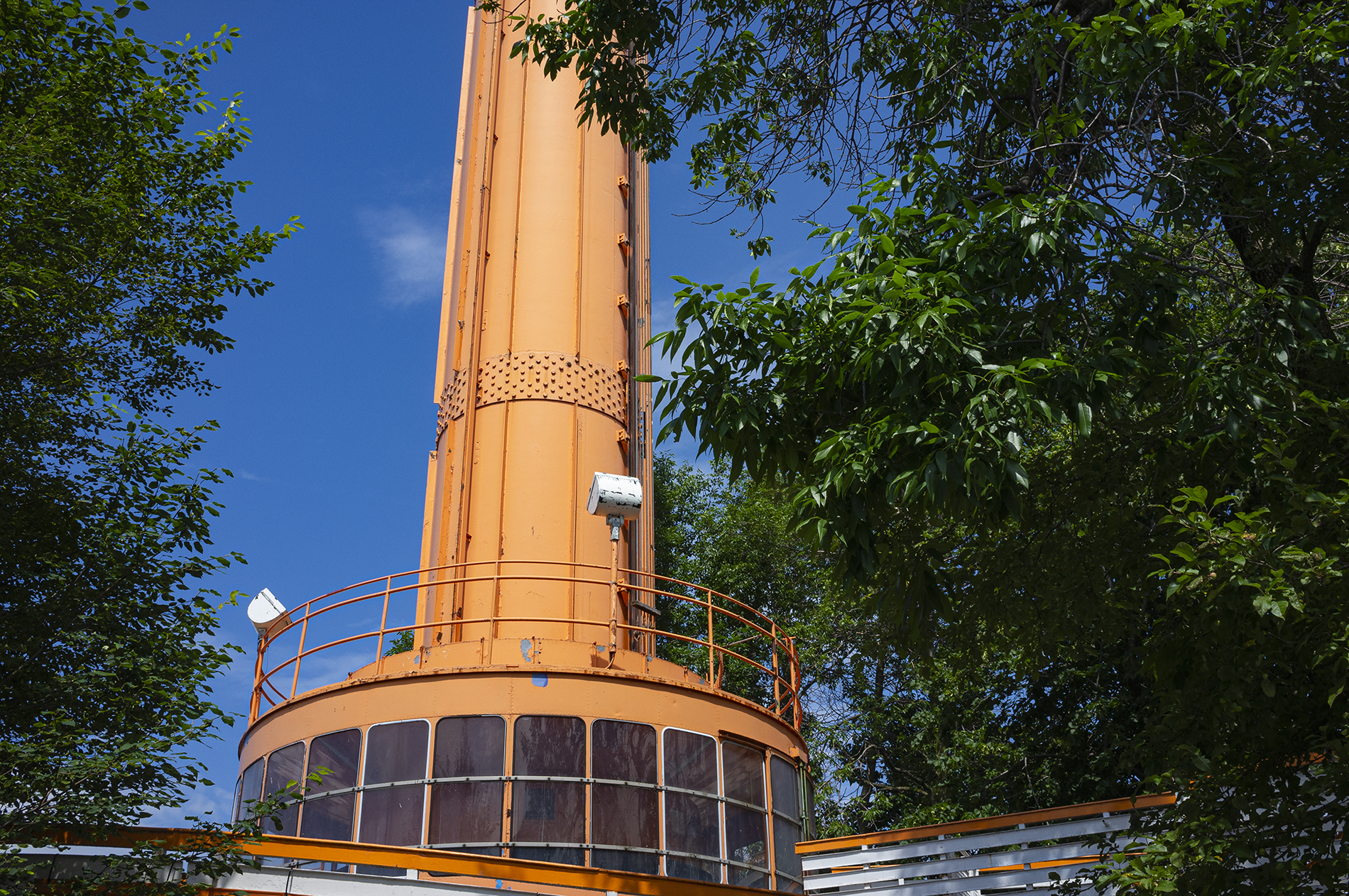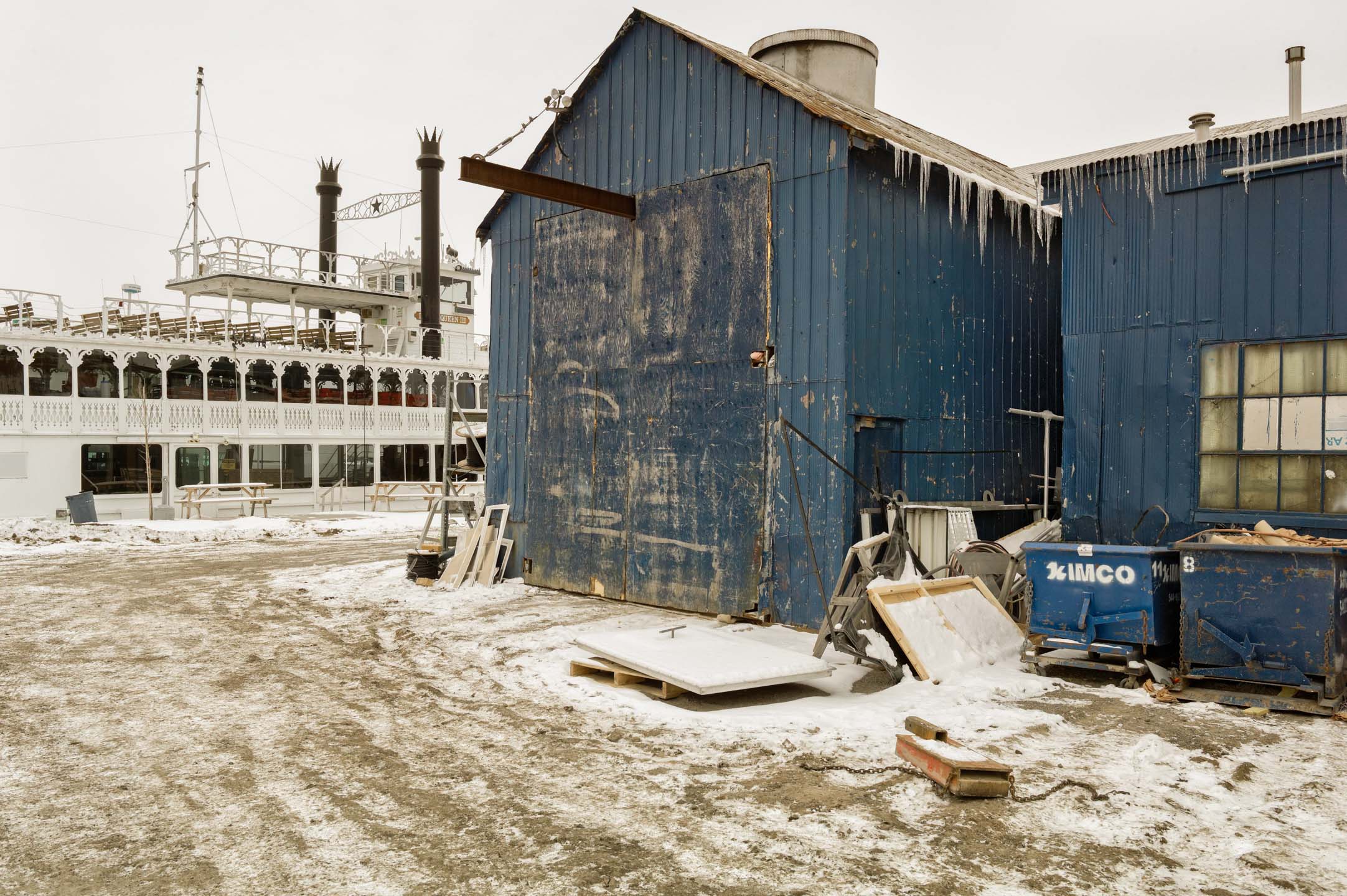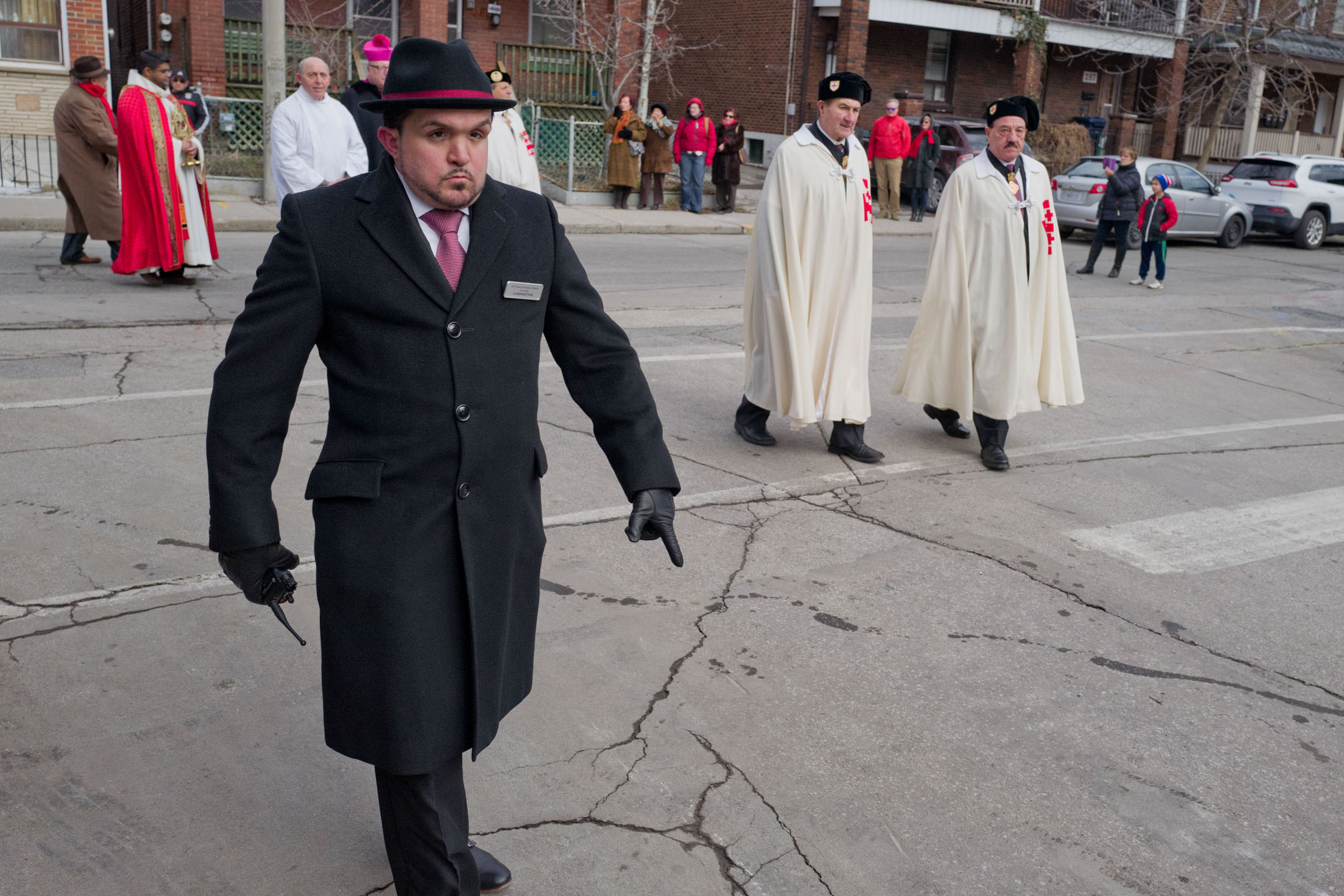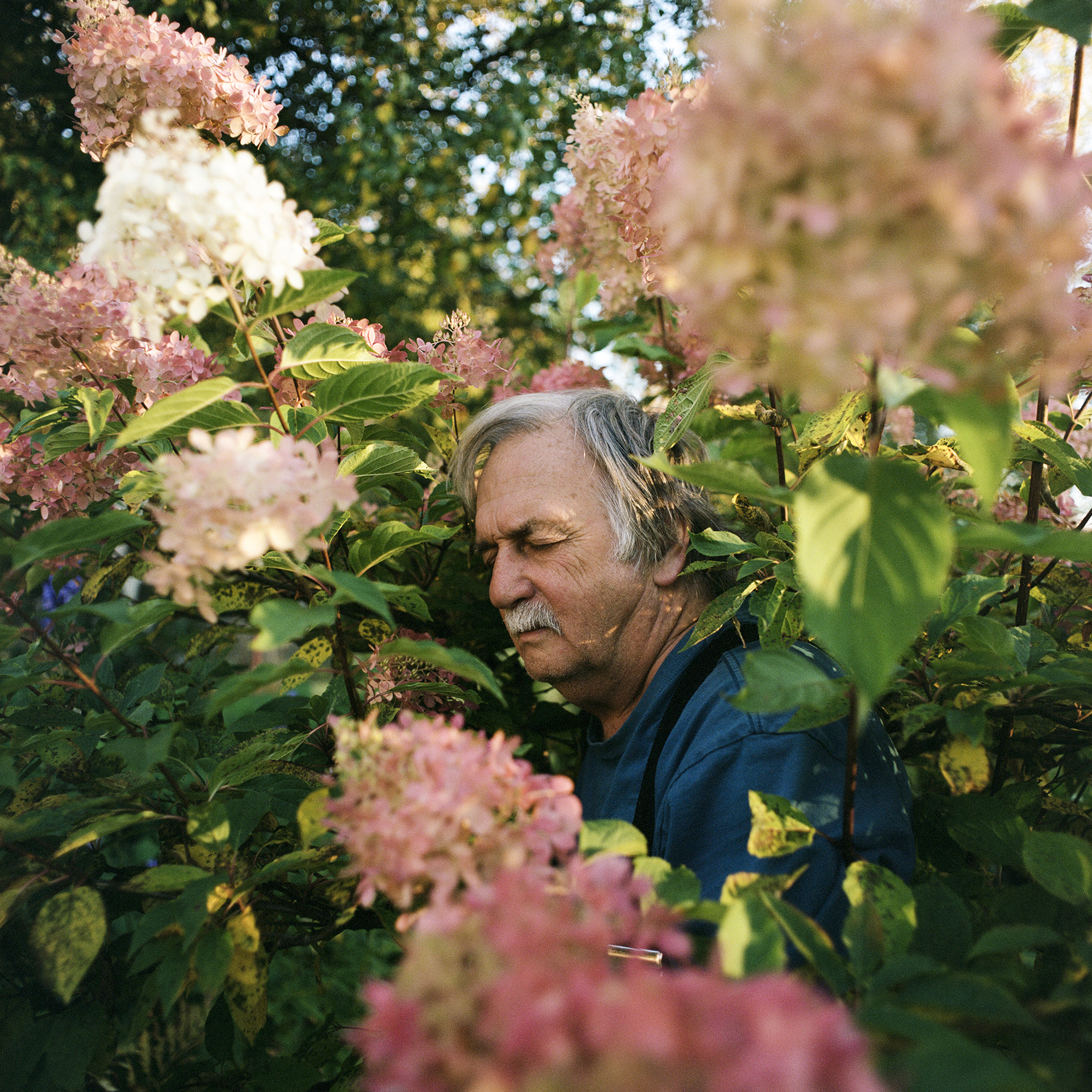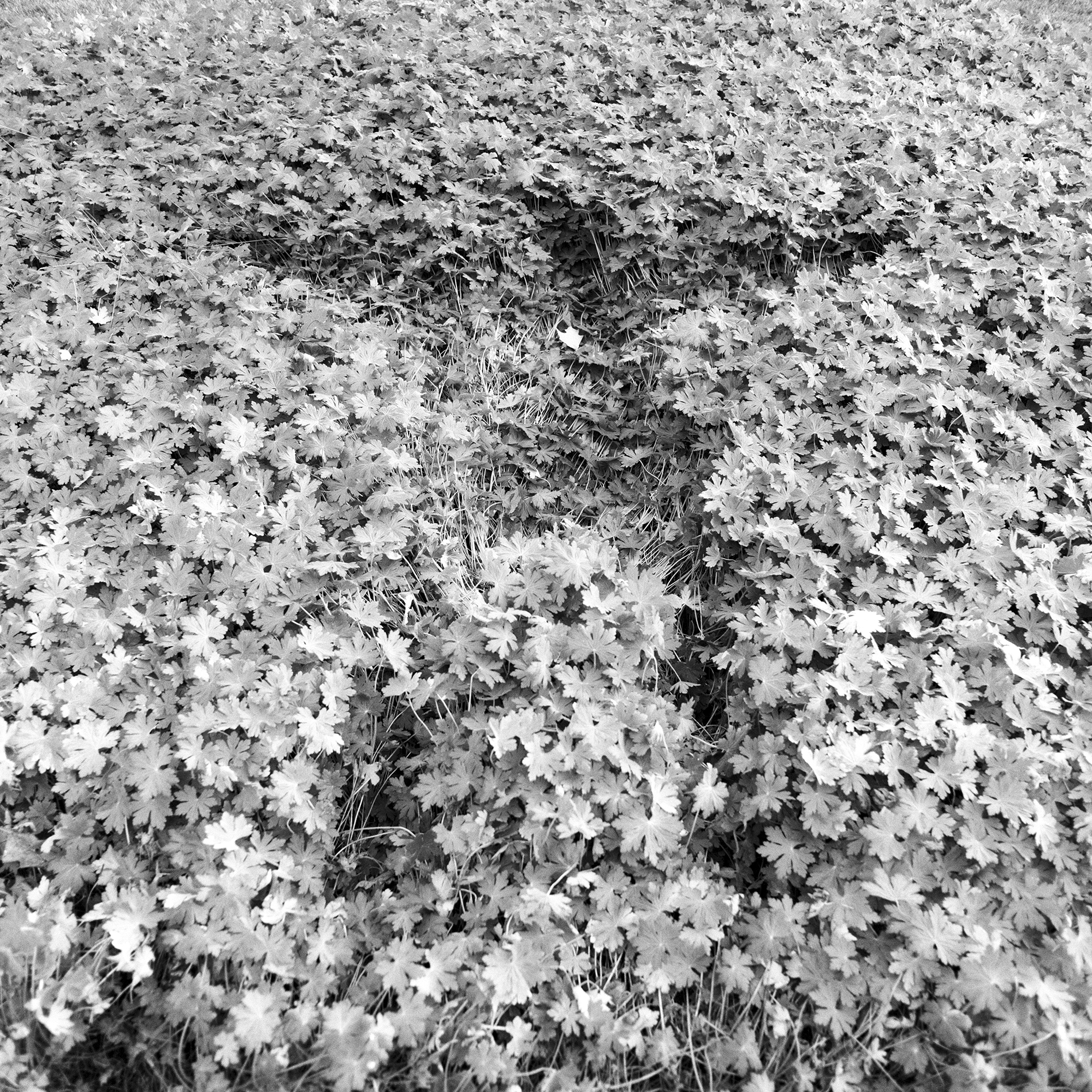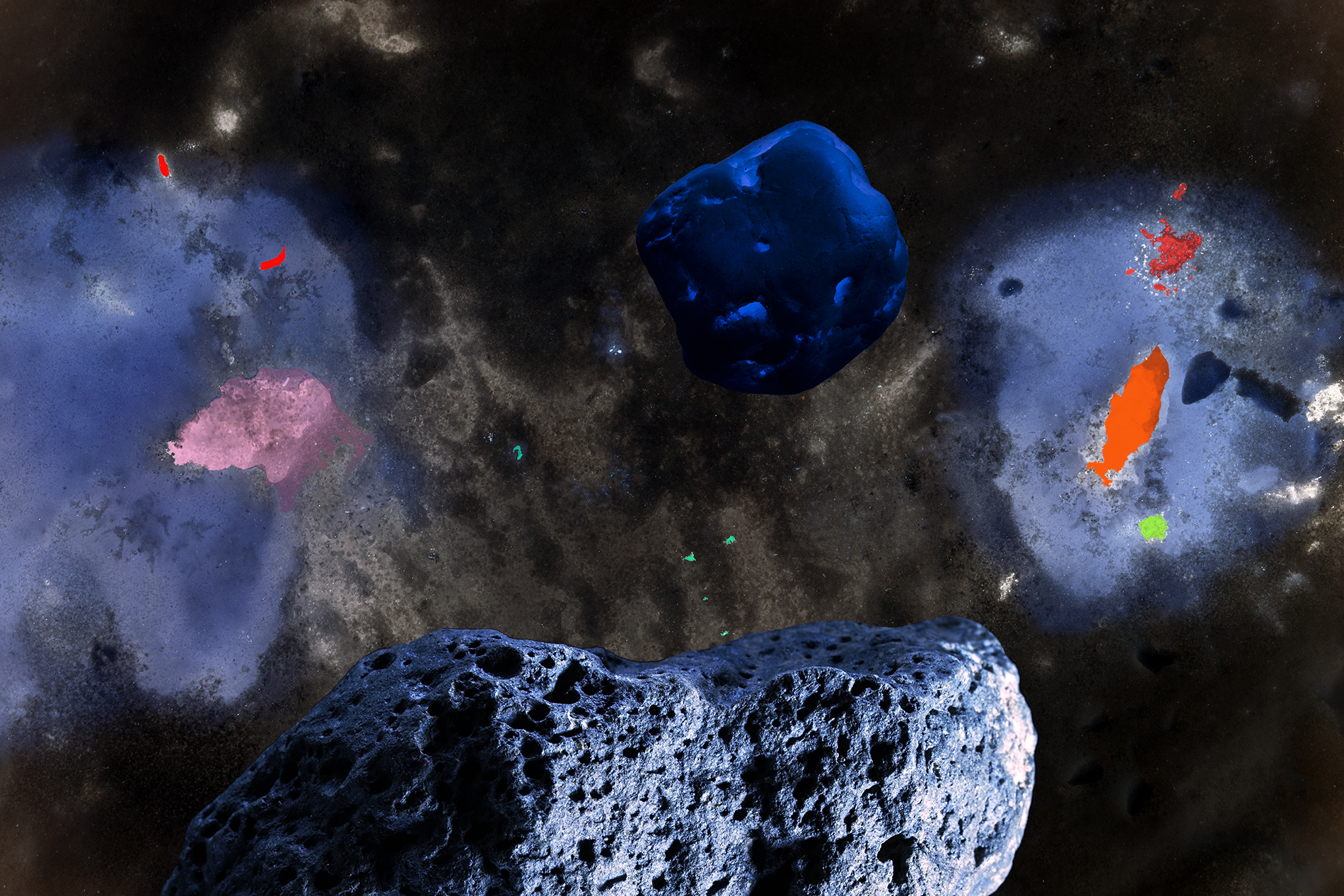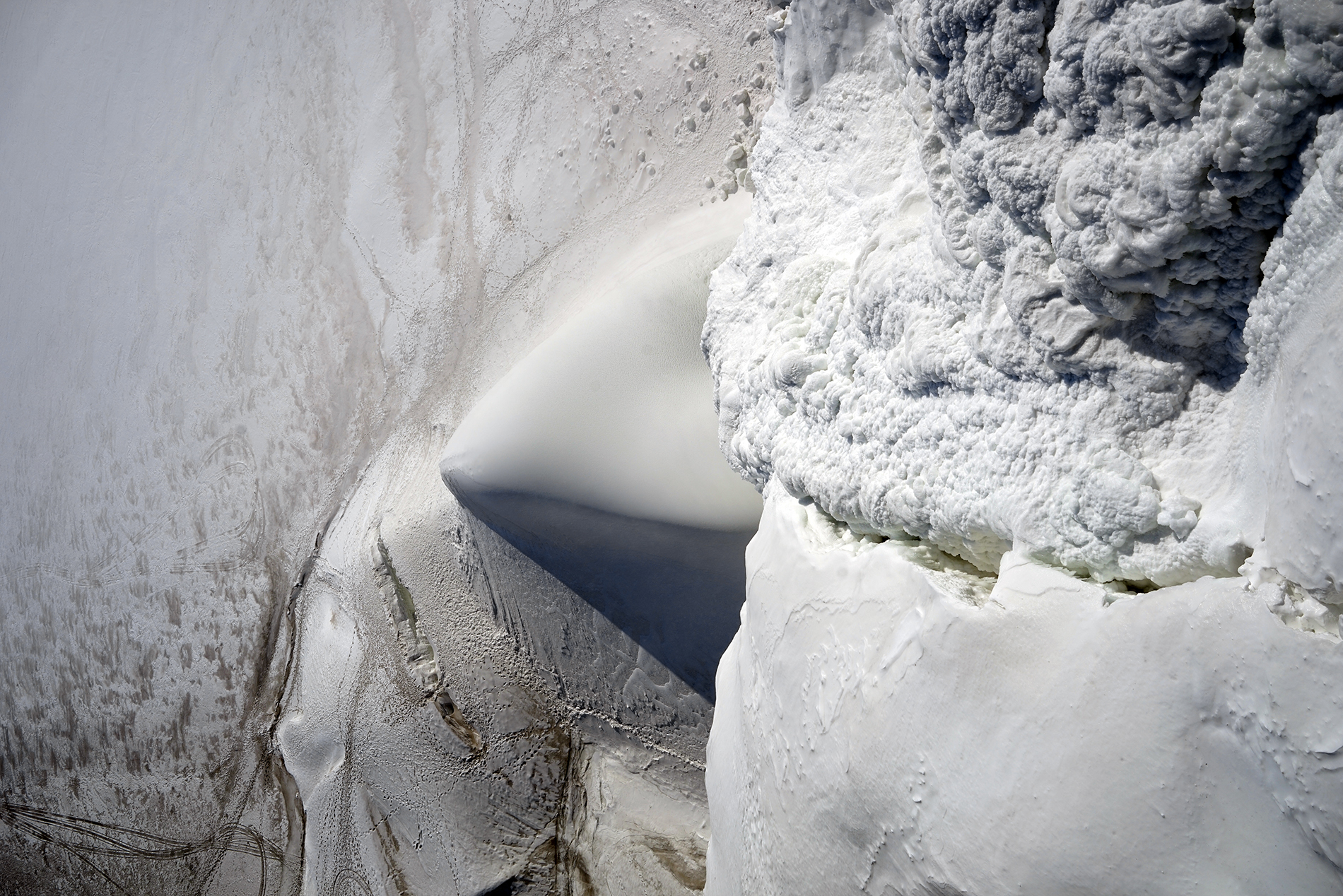[September 17, 2025]
Passages
Rencontres de la photographie en Gaspésie
15.07.2025 – 30.09.2025
By Jean-Michel Quirion
Every summer since 2009, Les Rencontres de la photographie en Gaspésie has stood out as an unmissable destination on my cultural itinerary. For its sixteenth edition, the event chose the theme “Passages” as a guide to visiting its territories; with its plural meanings and voices, this title suggests transitions and traces of lives. Once again, Les Rencontres reflects the moving landscapes of the Gaspé coast and resonates with the stories and memories of the people who live there, leave their mark, or simply travel through. Photography is an art of passage. Beyond the ambiguous act of looking and making captures, light and time – elements at the limits of the comprehensible – reverberate.
Scattered throughout the Gaspé Peninsula at eleven venues on a path stretching more than five hundred kilometres, the 2025 edition reveals itself as a series of intersections leading to space-time transitions. The signs of the past, and those at the threshold of the future, can be discerned in the rifts of the present. Each work, in its own way, immortalizes (un)explored peripheries of places, temporalities, and bodies. Along this migratory trajectory, the six projects I comment on here allow a glimpse of what otherwise remains – as we pass – invisible.
In the garage of the Gare de Matapédia, a new host site for 2025, Montreal artist Jocelyne Alloucherie presented HOBO, a contemplative film almost an hour long in which lost panoramas, forgotten train tracks, and fragments of bodies marked by absence intersect. With shots moving so slowly that they verge on photographs, the film summons the imaginary of a nomad-vagabond – a hobo. In the last century, hoboes were silent, mobile figures, hopping trains to travel around in search of work. They invented coded writing to tell others passing through about the places where they had already stopped over. Today, few traces of this messaging language remain. Alloucherie doesn’t document; she evokes. Here, photography in motion, comparable to a visual transcription, becomes the indexical and legible memory of these unseen movements. In the train-station garage, viewers become witnesses to clandestine journeys on the margin of history and, notably, to a system of signs that is going extinct.
French artist Stéphane Duroy’s evolving exhibition-publication Unknown was presented at the Vaste et Vague artist-run centre in Carleton-sur-Mer. After making his way through Europe, Duroy crossed the Atlantic more than twenty years ago. The United States that he explored and documented was far from the stuff that dreams are made of; it was a land of exile. He followed a migrants’ route from Coney Island to Butte, Montana, where, to survive, newcomers gradually let go of the memory of forced departure. For him, both the power and the fragility of the “land of the free” arose from the cult of opportunity and the illusion that anything is possible. The American dream constantly took him to landscapes of false hopes. Since his book Unknown was published, in 2007, Duroy has deconstructed, destroyed, and rebuilt it. He shapes, inserts, superimposes, empties, tears, glues back together, juxtaposes, and reorganizes passages – images – opening breaches between what is imagined and what is seen. Beyond its pages, he has laid out a narrative that is tense, nonlinear, and unresolved, in which the utopia of fleeing persists.
At the Promenade de la plage in Paspébiac, Quebec artist Ève Cadieux staged the installation j’ai vu le futur. Impressed as a child by world fairs, in the 1980s Cadieux visited the pavilions still standing from Expo 67. For this project, she has been travelling across continents for more than a decade to capture such vestiges of excess, whether abandoned or preserved, drawing inspiration from the slides her father had taken in 1967. Having inherited his gaze, her documentary approach offers an unemotional critique of the ideological contradictions of these constructed visions of the future. Cadieux excels in the art of image as palimpsest. Her pictures of these structures were mounted on pedestals resembling tubular slabs, arranged as if in a cemetery. Thus, the images of the forsaken, abandoned pavilions – some of which were revived to be tourist sites – became relics of stillborn futures. Viewers were invited to contemplate these works built from expectation as epitaphs to advances that lasted only a moment – the duration of an Expo.
In Chandler, a towering figure of photography, Montrealer Geoffrey James, provided a selection of images from his body of work Canadian Photographs. Presented outdoors on rectangular pedestals, his austere perspectives took viewers to decentred, narrative-less places, that seemed to have been omitted from the official stories about Canada. James photographs not a national identity but grey zones swept by silence: what can be seen or heard only partially. When he drifts into suburban peripheries, his attention is drawn to indifference; documenting what is never picturesque, he highlights the interstices in our land – isolated towns, ignored communities, industrial dead zones.
On the beach at Mont-Louis, Kassandra Reynolds, from the Eastern Townships, presented Plante père, an autobiographical and genealogical work centred on kinship and roots. For her, photography is an act of transition, transfer, and commemoration. The images say it all. They exhume silences. This body of work pays tribute to her father, still living, for whom she has deep admiration. She explores gardening as a metaphor for family ties. By capturing her father as a horticulturalist in his plot of land, she creates resonances among the cycle of the seasons, her own heritage, and indelible memories. The garden, a site of awakening, is a living album in which family memories take root, grow, and are gathered. Aware of finitude, Reynolds finds in each bloom the persistence of her father’s presence. Her images, displayed in coffers planted directly in the ground, at grass-top height, seemed to have burst forth from planted seeds.
Several hundred kilometres from Alloucherie’s show, the exhibition Je suis devenu le volcan paid tribute to the late photographer and traveller from Quebec City Reno Salvail (1947–2023). Presented in Parc Alphonse-Couturier à Marsoui, by the banks of the St. Lawrence River, in collaboration with the VU artist-run centre, the works unveiled his vast gaze at powers both cosmic and earthbound. Salvail explored extreme scales – from celestial and terrestrial macrocosms to the microcosm of the body. His eye took in meteorites, volcanoes, and perilous landscapes marked with titanic phenomena: from the heavens to the earth, he probed the world as a place to live in and understand. The volcano is a metaphor for a magma body. Struck with multiple myeloma, Salvail transformed his illness into a research site. The images embody the connection between mineral and living: the body erodes, becomes a crater, then dissolves into sediment.
Les Rencontres concealed and revealed traces of life, transporting us elsewhere through a sequence of imprints of self and others on a world both provisional and perpetual.
Translated by Käthe Roth
A cultural worker for more than a decade, Jean-Michel Quirion is gaining experience in managing artist-run centres. He regularly contributes articles to specialized magazines such as Ciel variable, ESPACE art actuel, and Vie des arts. As a curator, he has organized exhibitions here and abroad, from Montreal to Berlin.
1 Twelve artists and collectives were included in the 16th edition of Les Rencontres de la photographie en Gaspésie: Jocelyne Alloucherie, Ève Cadieux, Alessandra Calò and France Cayouette, Davide Degano, Stéphane Duroy, KAI Fusayoshi, Geoffrey James, Mélissa Longpré, Masako Miyazaki, Pépite & Josèphe, Kassandra Reynolds, and Reno Salvail.

